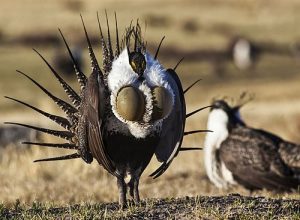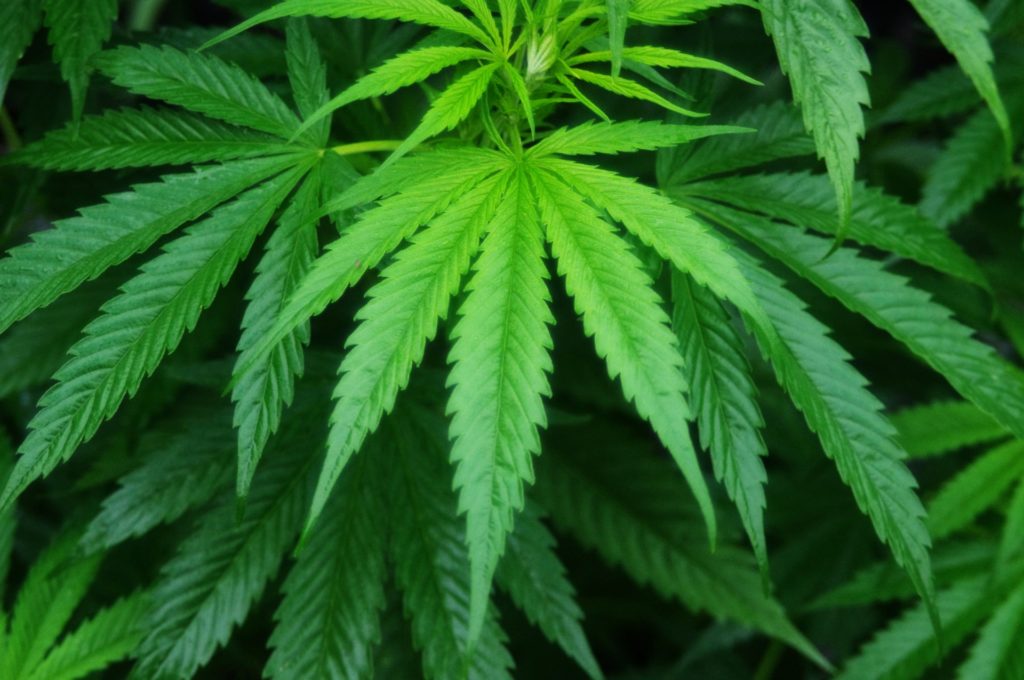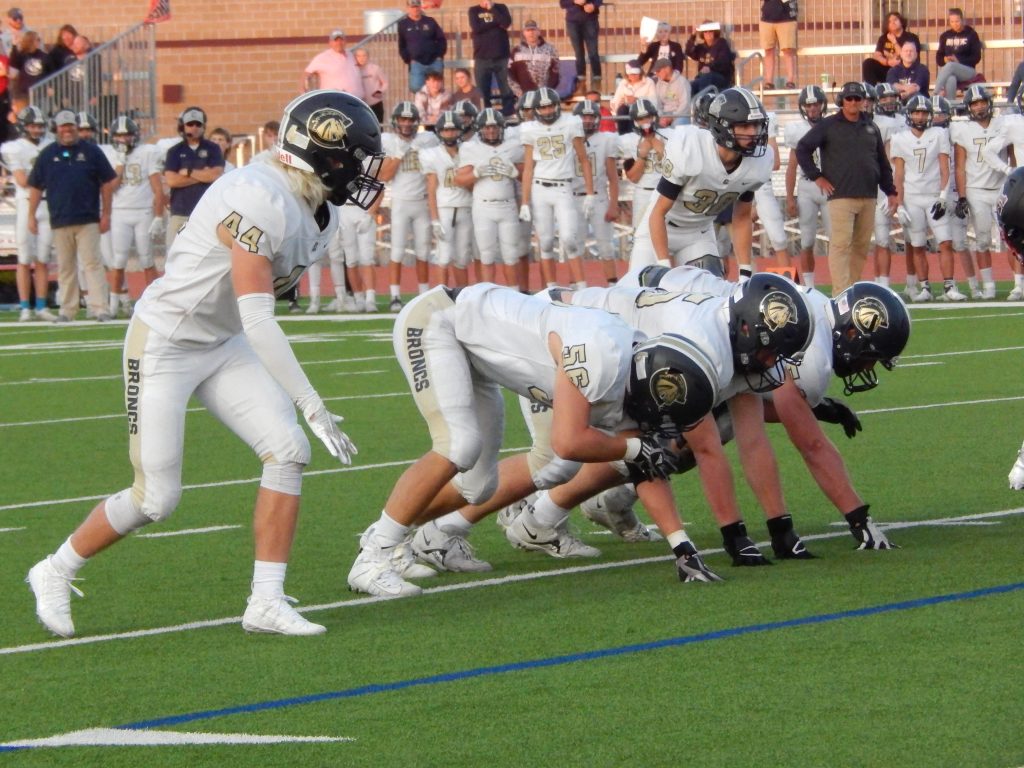Wyoming Game and Fish: Grouse Numbers Dropped in Spring ’21
Written by Andrew-Rossi on September 10, 2021
Following a well-studied pattern, sage grouse leks were less busy in Spring 2021 – not unexpected and not necessarily a bad sign for Wyoming grouse populations.
New data analyzed by Wyoming Game and Fish show the number of sage grouse at leks decreased in Spring 2021. Overall, lek attendance was down 13% from numbers observed in 2020.
Officials counted an average of 16.9 male sage grouse per active lek, and over 15,800 peak male sage grouse were observed on 85% of known occupied leks. These annual counts – taken thru ground and aerial observations – are carried out by Game and Fish staff, the Bureau of Land Management, and various consultants and volunteers.
The decline is attributed to two factors: well-observed cyclical sage grouse population patterns and persistent drought conditions in Wyoming.
Habitat is key to the sustainability of sage grouse, an obligate species that needs sage to survive. Without ample amounts of sage, there can be no sage grouse.
This dependence clearly shows in times of drought. In 2020, hen-to-chick ratios were too low for population growth.
“When considering the sage grouse’s population cycle, we look at the number of chicks per hen,” said Leslie Schreiber, Games and Fish sage grouse/sagebrush biologist. “Game and Fish estimated an average of 1.1 chicks per hen in 2020. In order for the population to grow, the average needs to be closer to 1.5 chicks per hen.”
Courtesy Wyoming Game and Fish
But none of these numbers are necessarily bad – in fact, it’s expected.
Wyoming Game and Fish data on sage grouse lek attendance go back nearly sixty years. That data charts the cyclical nature of the bird’s population during that time.
Schreiber says there is a definite, cyclical pattern to sage grouse populations. Numerous studies indicate Wyoming’s population cycles every six to eight years – rising, falling, and rising again.
The cause of these well-established cycles is not understood. Possible influences include weather and climate, which impact the availability of food and cover in the sagebrush ecosystem.
Even with these declines, numbers are still higher than the most recent cyclical low in 2013. And they are certainly higher than the all-time lows in the early 1990s.
Wyoming remains a “bastion” for sage grouse – but conservation efforts are still urgent and ongoing.
A recent study by the U.S. Geological Survey suggests current conservation efforts aren’t enough to save the nation’s sage grouse, with sharp declines overserved in Wyoming and across the West. It’s the most comprehensive analysis of greater sage-grouse population trends ever produced.
Western Wyoming is the only area in the West with“relatively stable” populations.
While this study’s conclusions are dire, the information collected will help sage-grouse in the future. A database of greater sage-grouse breeding grounds across their range has been created thru the research, which will help biologists understand past and current population trends.
“Sage grouse cannot thrive if the sagebrush habitat is fragmented and in poor condition, which is why Wyoming engages in significant efforts to conserve sage grouse and build resiliency in the ecosystem,” Schreiber said. “Habitat projects that keep water on the landscape will be a priority in the coming years.”


